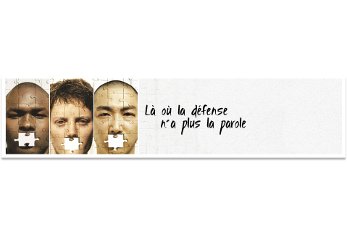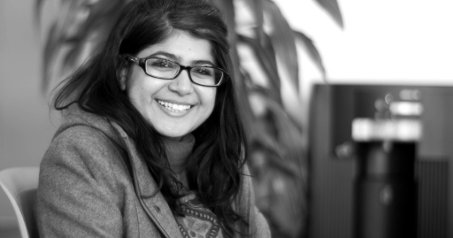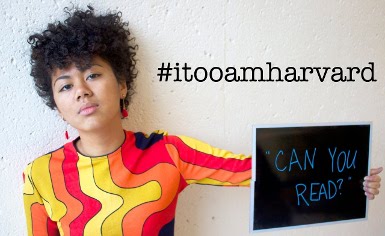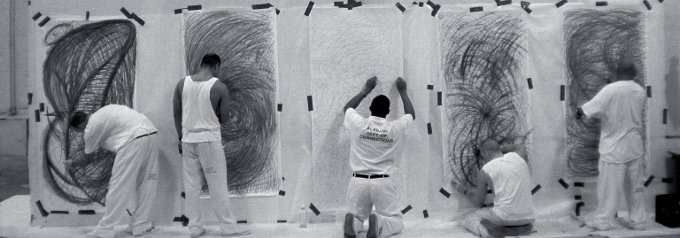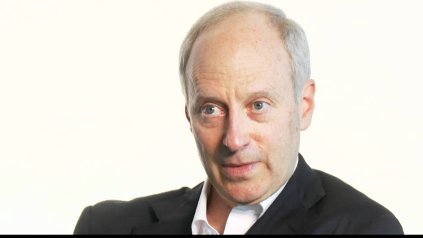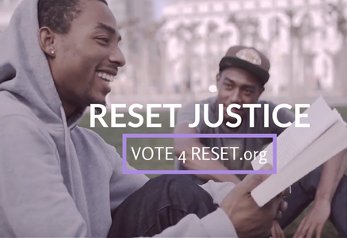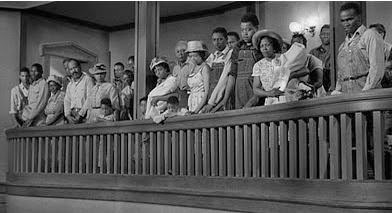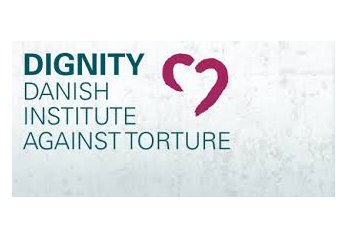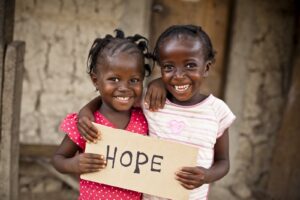
In her book “Dead Aid, why development aid is not working and how there is another way for Africa” Dambisa Moyo, a Zambian economist, makes up the painful balance of development aid over the past 70 years. The aid has failed and has in no way contributed to the economic and cultural growth of the African continent. What is more, the aid has contributed to the further decline of most African countries.
Her book accompanies me on my way to Niger where the Paris Teo2004 team organizes a neurosurgical mission at the National Hospital in Niamey. Earlier this year I was with the Teo Aquitaine team from Bordeaux in Cameroon.
Niger does not have direct access to the sea. According to the UN index of human development (2013), Niger is the least developed country in the world.
The more than 20 million inhabitants depend on the Niger river, the rest is desert. Despite the serious food shortages, the country hosts a large number of displaced people who are fleeing the violence of Boko Haram. The red-brown, arid plain is littered with houses that draw the landscape like loaves of the same clay.
This week, after four years of renovation, the colonial museum in Tervuren reopens. This is accompanied by a heated discussion about decolonialization. How do you show the mistakes of the past with respect for the people who suffered from it?
Macron returns stolen works of art to Benin and speaks with representatives of the yellow vests. They are also becoming active in Belgium where the government stumbles over the UN migration pact.
Together with Dambisa Moyo I am on my way to Niger, where children with spina bifida and hydrocephalus are also born. To keep the care and treatment affordable for our children, Child-Help is committed to translating current medical knowledge with the help of local and Western experts into the possibilities that are available in the country. As an alternative to expensive CT scans, Child-Help purchased an ultrasound machine for the Bugando hospital in Mwanza (Tanzania). Affordable care saves children’s lives. Certainly, in countries like Niger.
Cameras cannot get a million hidden families into the picture. Our children do not block the crossroads with yellow vests on their backs.
So, health centers it is. This is in line with recent questions we received from Tanzania and Ethiopia to support health centers with our expertise on spina bifida and hydrocephaly. Health centers could have a CBR element which deals with the medical problems of children with spina bifida. Primary care must be available closer to where people live. We also lose children due to the long travelling distances to the places where care is available.
The Parisian Teo2004 group consists of Olivier, a young retired neurosurgeon, Martine a neuropediatrician, an Electro Encephalography (EEG) technician, a nurse, an anesthetist and a children’s animator. It is their 14th mission here. They have developed a long-term relationship with the hospital. A relationship on which I hope to be able to build.
The neurosurgeon gives lectures and attends the meetings with patients. He reacts strongly when he hears that a child with a stabilized hydrocephalus will get a shunt. ETV, with a rigid scope, also donated by Paris, is only performed under strict conditions and only in 30% of cases. In this case spina bifida is a contra indication.
Professor Samula, the head surgeon of the hospital, is our host. He informs us that the incidence of spina bifida in Niger is also very high, but he does not have exact figures. He receives one to two new children with spina bifida every day. There are now 6 neurosurgeons but only one operating room. On Saturdays and Sundays, only emergencies will be treated. And we have to be honest, he adds, spina bifida and hydrocephalus are seldom seen as emergencies. As a result, there is a waiting list of more than 200 children, one third of them die while on the waiting list.
Also the need for anesthesia increases the waiting list, a child requires more time to prepare for surgery than an adult and there is no money to be made. In Niger the care up to 5 years of age is free, so are the CT scans. Samula speaks frankly and does not hide anything. He studied in France but fights for his country and his neurosurgical department. He tries everything to prevent the surgeons he trains would leave the country.
Thirty parents are waiting for me on the floor of the play room. The room is decorated with garlands. Children are playing.
Chérifa, a beautiful six-year-old veiled girl with spina bifida, crawls around with a doll on her back in the same way that she is still carried around by her mum.
Chérifa means Noble, honest. So are her eyes and her smile. To my surprise Samula who is very busy keeps listening. Most parents only speak a local language which is different from the next language. The talk will be facilitated by two or three translators and Samula is helping when necessary.
There are no fathers present. Many of these mothers have been expelled from their community because people believe that these children are bewitched. They believe that the devil penetrated the pregnant woman because she insufficiently covered her body in public. Thus, the unborn child became possessed. The mothers get the blame and are rejected by a lot of the fathers.
I sit down with them on the floor and tell that I am a father of a child with spina bifida too. I tell them that this birth defect occurs all over the world. That both I and they are innocent. That it is a global health problem and that they do not stand alone. There is IF and a whole community with children like ours. I tell them how some of our children do well, study, marry and have children themselves. About Margo who succeeded me as chairman of IF, who is a pediatrician in a wheelchair. I encourage them to invest in the talents of their children when their legs are failing.
There are questions about high costs, incorrect treatments and waiting lists. The mother of Chérifa undresses her child and with desperation in her eyes shows the bedsores on Chérifa’s backside. A raw and honest truth, but it is not very noble. A festering wound, as big as the fist of a child. Another mother does the same with her six-year-old son: also two big festering wounds.
Because of the language differences, mothers have limited contact with each other. For them it is difficult to form a group.
For Child-Help the commitment of these parents is important. The poorest country in the world, plagued by violence and extreme drought, has a Babylonian language problem and is cut off from the world by its misery. Who is still going to Niger?
A mother asks “and what now? You have been here so often. You leave and nothing changes here. I come from very far, what do say to my husband? “
The mothers are called away for a clinical examination, but they do not want to leave. Their program of the day has to go on and I am leaving the play room somewhat confused.
Rather today than tomorrow. We do not talk about incontinence because we do not have a solution, but that is their biggest problem. I suggest that he looks for a nurse who is interested in setting up a continence project here. Child-Help can provide her with material and find a place in Africa where she can be trained. But where can she work? “In my department,” Samula replies.
In the hospital I ask to visit its new general manager. It is important to have the management on our side. Samula tells him the whole story of Teo2004. What has been built up with them over the years, EEG, endoscopy, the playroom, international exchange of students and how Child-Help was added to this. He has heard the cry for help from the parents and that the follow-up of these children, as proposed by Child-Help, can be grafted onto Teo’s work. It is a logical next step.
Although there is a strike from nurses and other staff, Samula has managed to arrange for Teo’s plans to continue. I visit the physiotherapy ward where only the head of the department keeps watch. The others are also on strike. His department sees many children with spina bifida and he thinks that a continence management project can be developed here. The location already looks suitable for this. Two days a week are reserved for children.
Meanwhile, the French animator decorates the beds with (unfortunately no latex-free) balloons and the children get toys. The mothers choose the color of the balloons. All the white ones are left over. And rightly so, there is already enough white in this ward.
The waiting list is a heavy weight. Someone like him could inspire an association of parents. I tell him that I am also a father and I have learned a lot from other parents in my country. That would also be useful here. He argues for a more regional approach. The distance is murderous. I plead to get together locally with three or four other families. Even if it is a small group at the start to stand up for the needs and rights of their children in Niger. We take a selfie and exchange addresses.
Martine starts neurological consultations and Olivier an operation. In the afternoon lectures are planned. After lunch I say goodbye to the French group in the cramped office of Samula. It is a formidable challenge to be able to make a difference for these parents and at the same time a luxury situation to be able to build on what Teo2004 has already realized here.
There is so much to do, so much suffering, so much injustice that remains unseen.
Child-Help and Teo2004 must be aware of this. Projects may not depend on us. We want to make ourselves superfluous in the long term, says Olivier.
But Dambisa Moyo is right, Niger is their country, their elected representatives, their health care and especially their children.
I wonder if the renovated colonial museum also pays attention to ‘dead end aid’ of the post-colonial era.
Pierre Mertens is co-founder at Child-Help International

